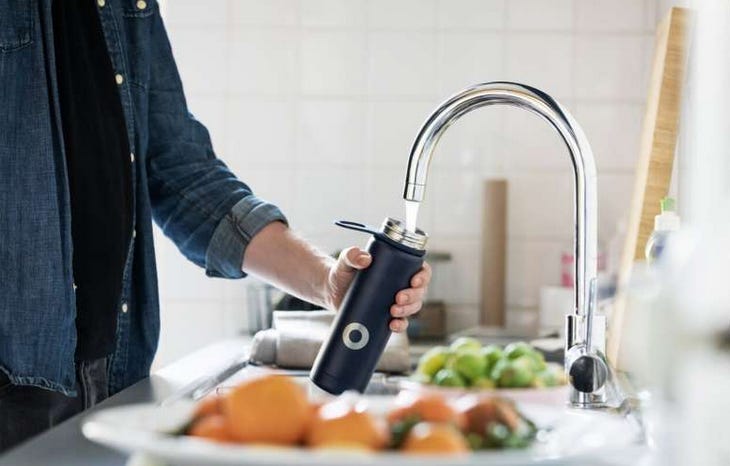Over 97 million US residents exposed to unregulated contaminants in their drinking water, analysis reveals
This
is very troubling. It makes sense that the cumulative poisoning of the
body from many different sources is currently contributing to the
disease epidemic that has exploded since the COVID19 bioweapon rollout.
Let
that sink in, one third of the US population has been exposed to cancer
causing chemicals from drinking water. Add the toxic air from
geoengineering operations, the poisoned food supply - no wonder humans
are in bad shape.
My
question is - what is really human capacity when we get rid of all the
pollution and warfare against us? It is truly miraculous how resilient
the body is despite all of this toxicity. What scientists do not know is
the cumulative interaction of the total body burden of toxins - meaning
imagine you have a soup of toxic chemicals in the body, mix that with
toxic heavy metals, nanoparticles, polymers - add pharmaceutical
medications and what would the effect be to the body?
Here is the article:
Nearly
a third of people in the U.S. have been exposed to unregulated
contaminants in their drinking water that could impact their health,
according to a new analysis
by scientists at Silent Spring Institute. What's more, Hispanic and
Black residents are more likely than other groups to have unsafe levels
of contaminants in their drinking water and are more likely to live near
pollution sources.
The findings, published in the journal Environmental Health Perspectives,
add to growing concern about the quality of drinking water in the
United States and the disproportionate impact of contamination on communities of color.
Close
to 100 contaminants are currently regulated under the U.S. Safe
Drinking Water Act. This means public water utilities must test for
these contaminants and take steps to ensure levels don't exceed certain
limits by installing new treatment systems and taking other measures.
"Yet, we know there are thousands of other harmful chemicals that are not regulated that make their way into groundwater and surface waters,
and some of these chemicals can ultimately end up in drinking water
supplies," says co-author Laurel Schaider, a senior scientist at Silent
Spring Institute.
Schaider
and her team looked at data from the U.S. Environmental Protection
Agency (EPA) collected between 2013 and 2015 under its Unregulated
Contaminant Monitoring Rule program. The team analyzed data from 4,815
public water systems and found 27%—serving 97 million residents—had
detectable levels of at least one of the following chemicals:
1,4-dioxane, a solvent classified by EPA as a probable human carcinogen, also found in consumer products
PFAS (per- and polyfluoroalkyl substances), non-stick chemicals widely used in consumer products, associated with cancer, thyroid disease, high cholesterol and other health problems
chlorodifluoromethane
(Freon 22), an ozone-depleting gas previously used as a refrigerant and
used in the production of fluoropolymers (e.g. Teflon)
1,1-dichloroethane, a solvent used in paints, plastics, and pesticides associated with cancer.
Communities
with a higher proportion of Hispanic and Black residents generally were
more likely to be exposed to these unregulated contaminants in their
drinking water and were more likely to be situated close to pollution
discharge sites including wastewater treatment plants, airports and military training areas, and industrial sites.
"Our
findings show that the percentage of Hispanic and Black residents in a
community is a consistent predictor of poorer water quality," says lead
author Aaron Maruzzo, a scientist at Silent Spring Institute.
These
racial disparities could not be explained by income or other measures
of socioeconomic status, he says, suggesting that factors such as racism
and the historical practice of redlining that led to the
disproportionate siting of industrial facilities in communities of color
could be playing a role.
The study builds on previous research
by Silent Spring, which found Hispanic residents are more likely to be
exposed to higher levels of nitrate in their drinking water.
EPA
set a legal limit on nitrate decades ago to protect infants from a
fatal condition known as "blue baby syndrome.". Newer evidence suggests
exposure to nitrate at levels below the federal standard can also
increase the risk of colorectal and bladder cancer.

No comments:
Post a Comment